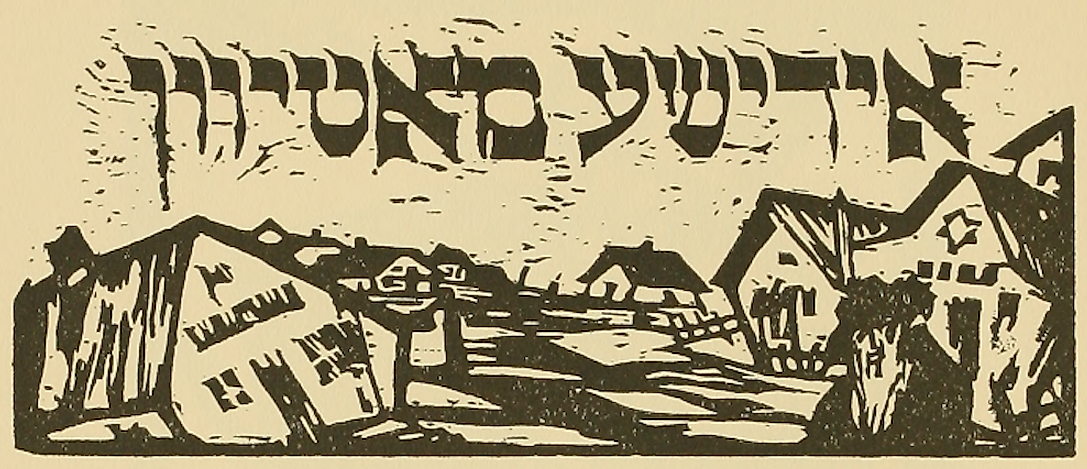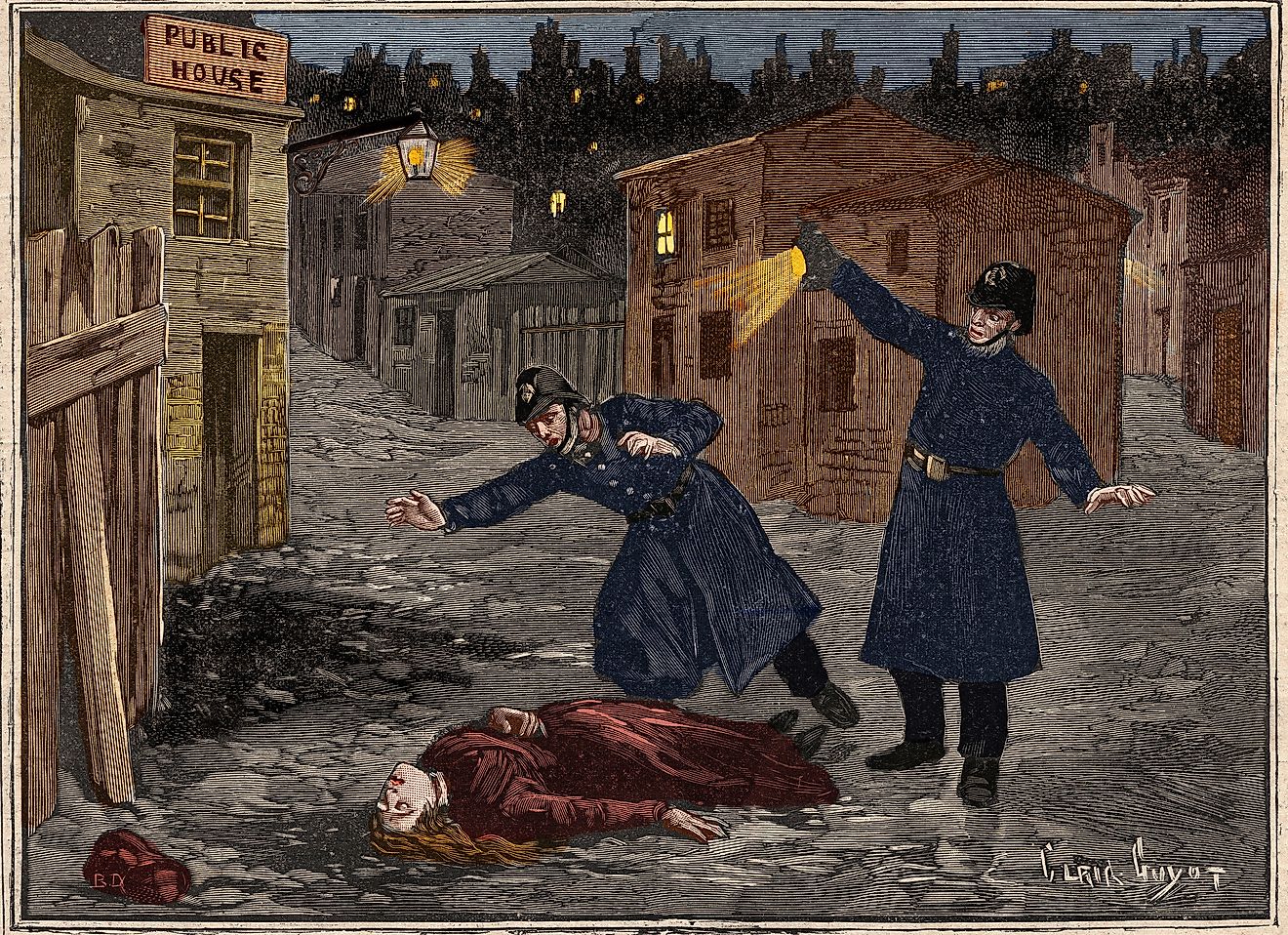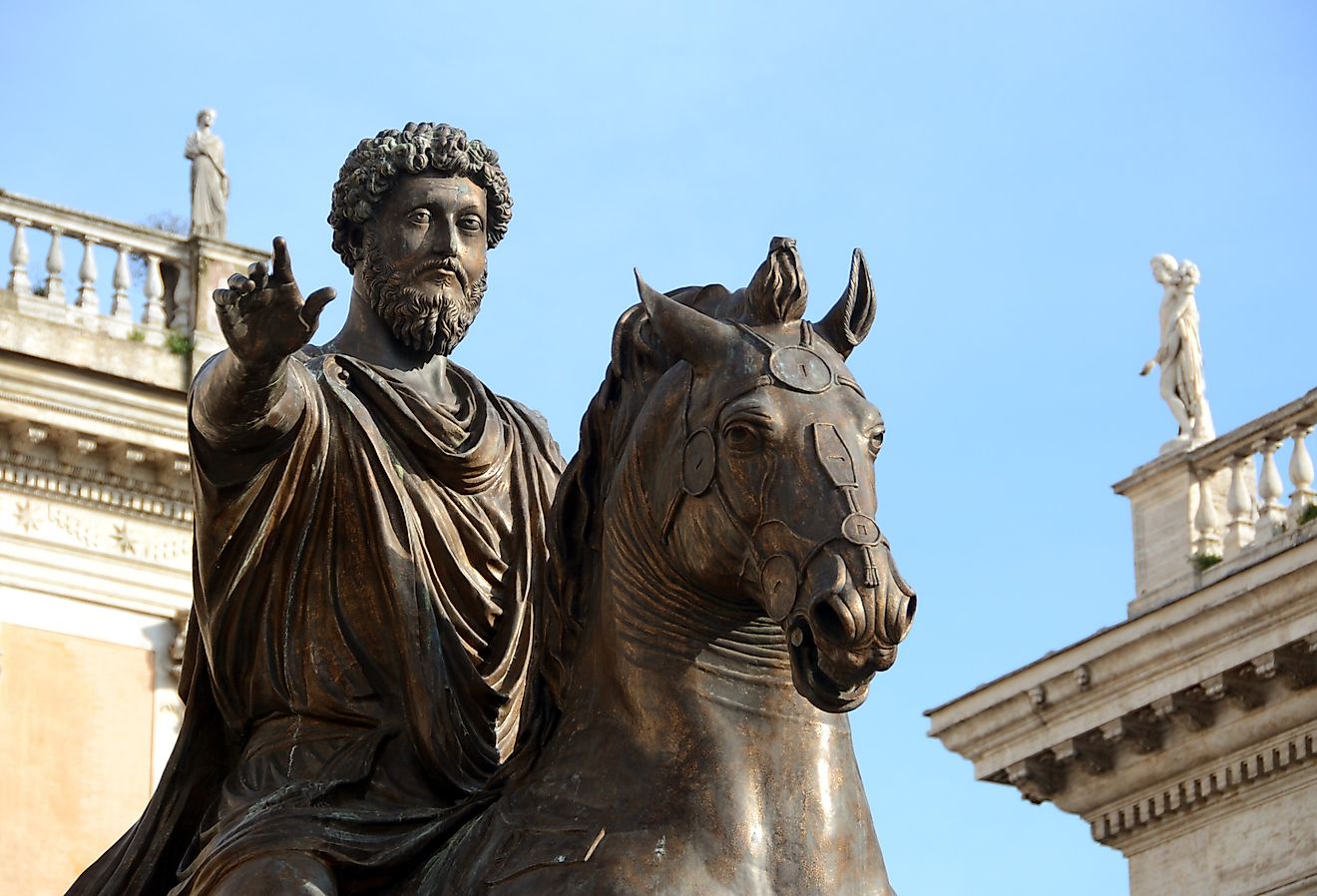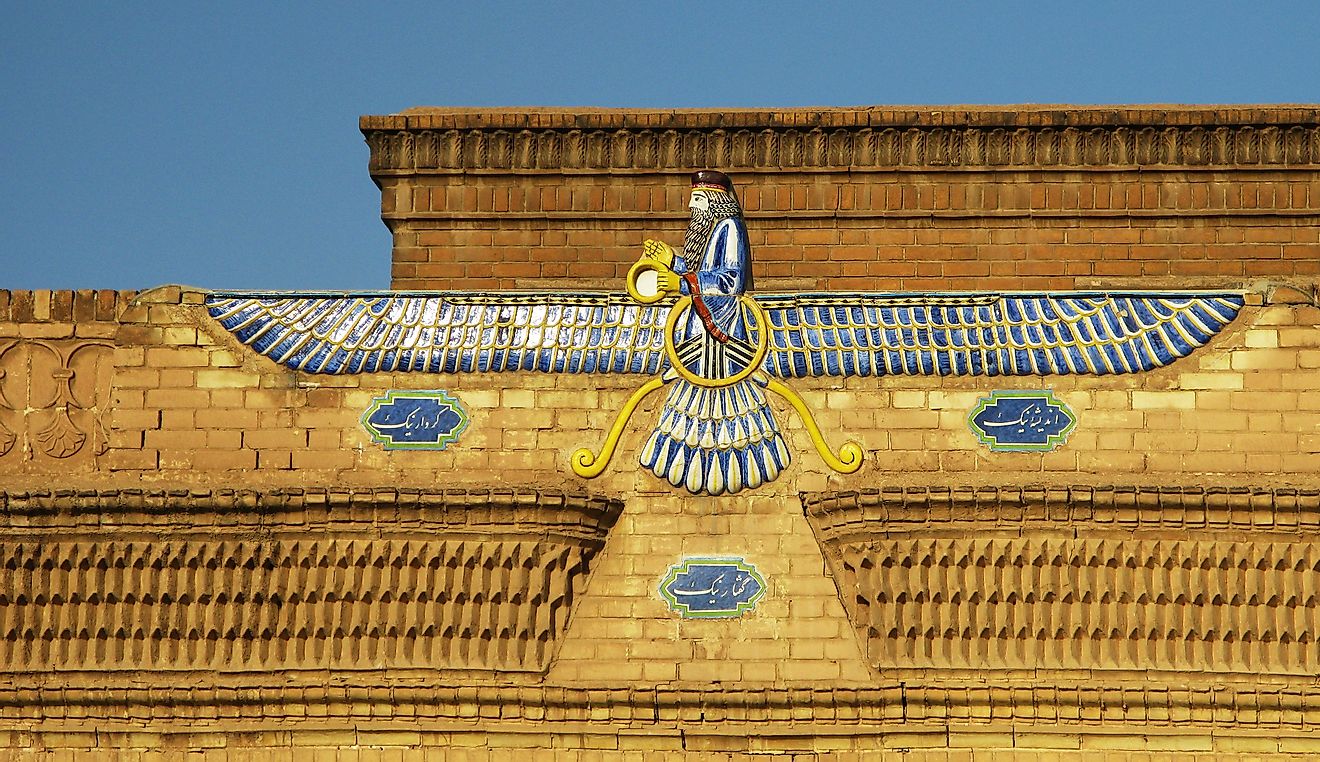The Ashkenazi Jews - Cultures of the World

5. Description
The Jews who lived in the region around the Rhine River in France and Germany came to be known as Ashkenazi Jews. They constitute 80% of the Jews in the world today. Their origin is a topic of debate, though most scholars believe they migrated through Italy during the First and Second Centuries in the Common Era (CE). They were mostly merchants and considered economic pioneers until the 1300s, when, due to religious and social restrictions, many became money lenders. The Ashkenazi communities spoke Yiddish, a dialect of Middle High German combined with an adaptation of the Hebraic script along with grammatical and orthographical influences from Hebrew and nearby Slavic and Romance languages, and these communities organized themselves into kahals with their own judicial courts. Due to violence, reoccurring blood libels, and legislation expelling them, the Ashkenazi moved into Poland, Spain, Eastern European countries, and the Americas until the 1900s. Leading up to and during World War II, they were targeted as the main victims of the Nazi-directed Holocaust of Jews. Today, they are over 10 million in number, and are settled in Jewish and assimilated communities throughout the world.
4. Architecture
Due to the spread of Ashkenazi people across the world, Ashkenazi architecture took different forms dependent on the influence of the cultures around them, the financial means of each community, and the local climate. However, the shtetl (plural shtetlach), or small towns with a Jewish majority, remain a unique part Ashkenazi and Central and Eastern European history. Many were unfortunately destroyed in measures to deprive Jewish residents of their homes during World War II. Locals may still identify former Jewish houses in Eastern European towns and villages by their small verandas and ground-floor spaces for stores. The wooden synagogues of Poland were known for their painted and carved interiors. Other structures, like Hungary's Kazinczy Street Synagogue, reveal the influence of Art Noveau styles on Ashkenazi architecture in Europe in the second half of the 19th Century.
3. Cuisine
In Europe, Pletzl flatbread has for generations been a staple food for Ashkenazi Jews, bearing the same name as the Jewish Quarter in Paris, France. Other Ashkenazi breads, such as challah and bagels, evidence their cultural connection with the cuisines of Eastern Europe. Matzo ball soup is perhaps the most well known Ashkenazi dish, followed by gefilte fish. The latter is a mixture of ground whitefish (especially carp or pike), matzo bread crumbs, onion, eggs, and vegetables, with recipes varying according to preference. In Poland, this dish is known to use more sugar than it is in other places. Cholent, or Hamin, is the traditional stew set to simmer for 12 hours prior to the Sabbath. Horseradish sweetened with beets, pickles, briskets, knishes, bialys, and kugels are all well loved Ashkenazi foods. Calf’s foot jelly is an old dish that is popular in other Eastern European cultures.
2. Cultural Significance
Ashkenazi Jews have contributed immensely to the collective culture around the world. In religious studies, Rashi (1040-1105) is still quoted for his breakthrough Bible and Talmud commentaries. The growth of the publishing industry in Germany in the Middle Ages allowed for widespread printing and distribution of religious texts, which would significantly facilitate the Hasidic Judaism movement in the 18th Century and the establishment of influential Jewish academic centers. The Zionist movement was also started by an Ashkenazi, namely Theodor Herzl. Furthermore, half of the world’s chess champions, 27% of the US’s Nobel Prize winners, and such influential figures as Marc Chagall, Leonard Bernstein, Alan Greenspan, Isaac Asimov, and Albert Einstein, just to name a few, have all had Ashkenazi heritage.
1. Threats
Due to the range of traditions and beliefs among the Ashkenazi, the preservation of their cultural identity has always been a challenge. The Holocaust destroyed much of Ashkenazi culture in Germany and Eastern Europe, including severely curtailing the development of the Yiddish language. However, some have identified an Eastern European Jewish Renaissance, especially in New York City (the location of the world’s largest synagogue and of a plethora of Jewish markets and restaurants) and Montreal (home to 25% of Canada's Jewish population, particularly in the suburbs of Côte-St-Luc, Hampstead, and Outremont). Unfortunately, in Israel Ashkenazi cuisine and other traditions are marginalized in favor of more regionally familiar and adaptable Jewish Sephardic and Mizrahi traditions. Such diseases as certain cancers and Tay-Sachs are more prevalent among those of Ashkenazi descent. Reports of recent discoveries regarding Ashkenazi DNA have become increasing prevalent in the global news media for the hope they provide in treating these genetic conditions.











